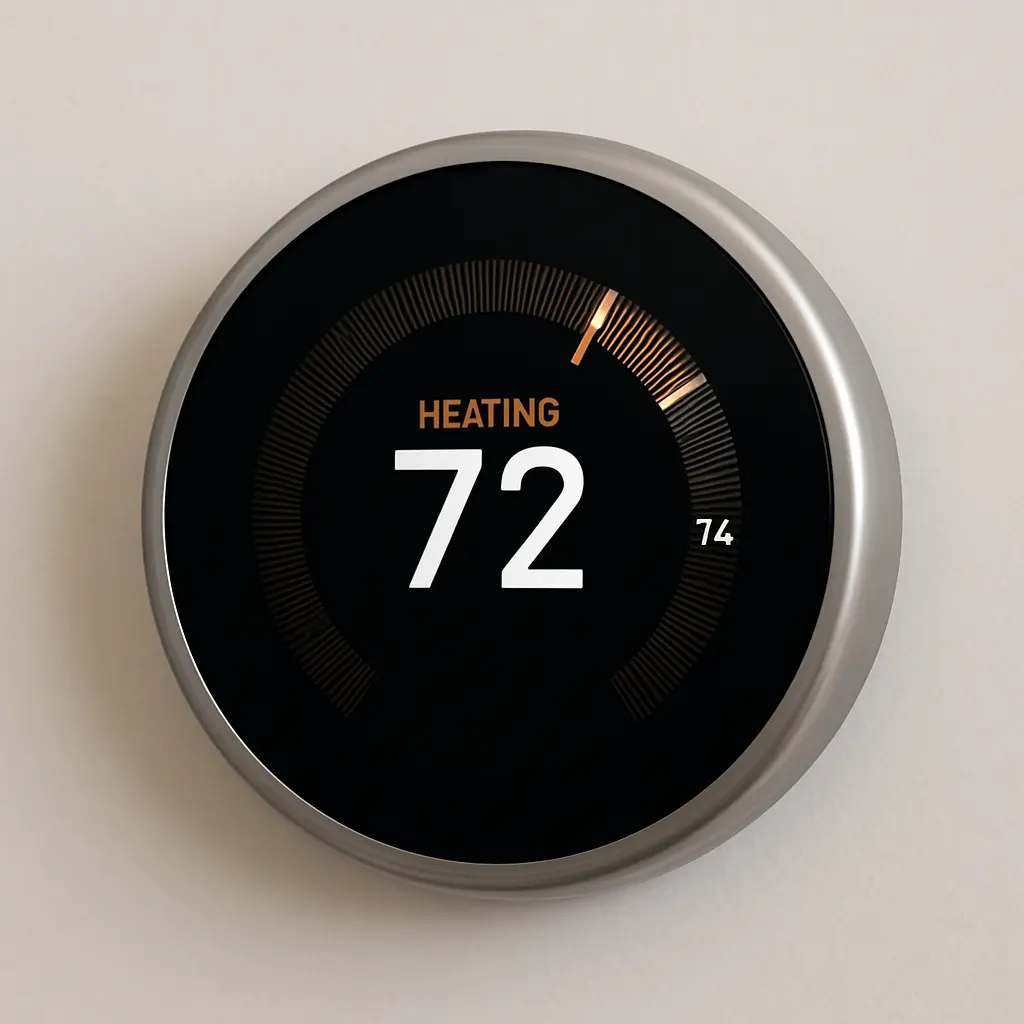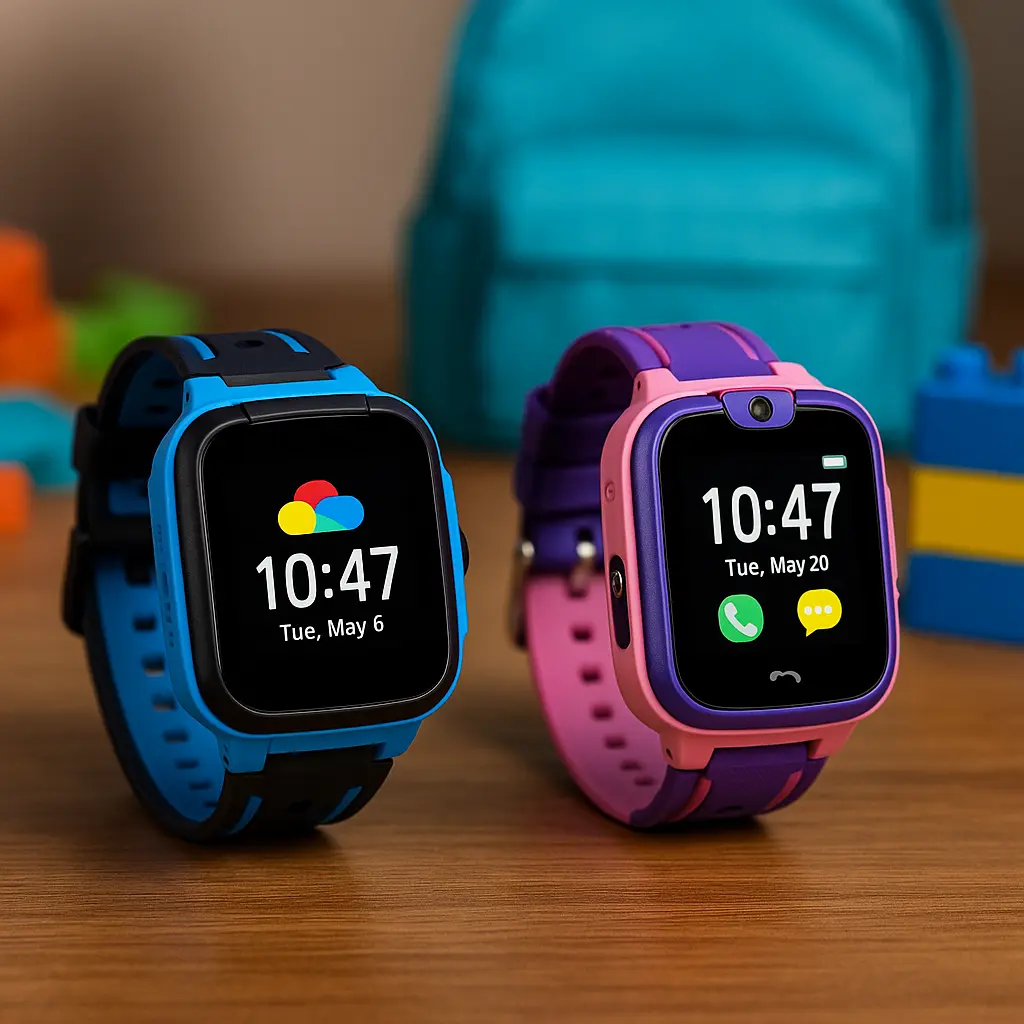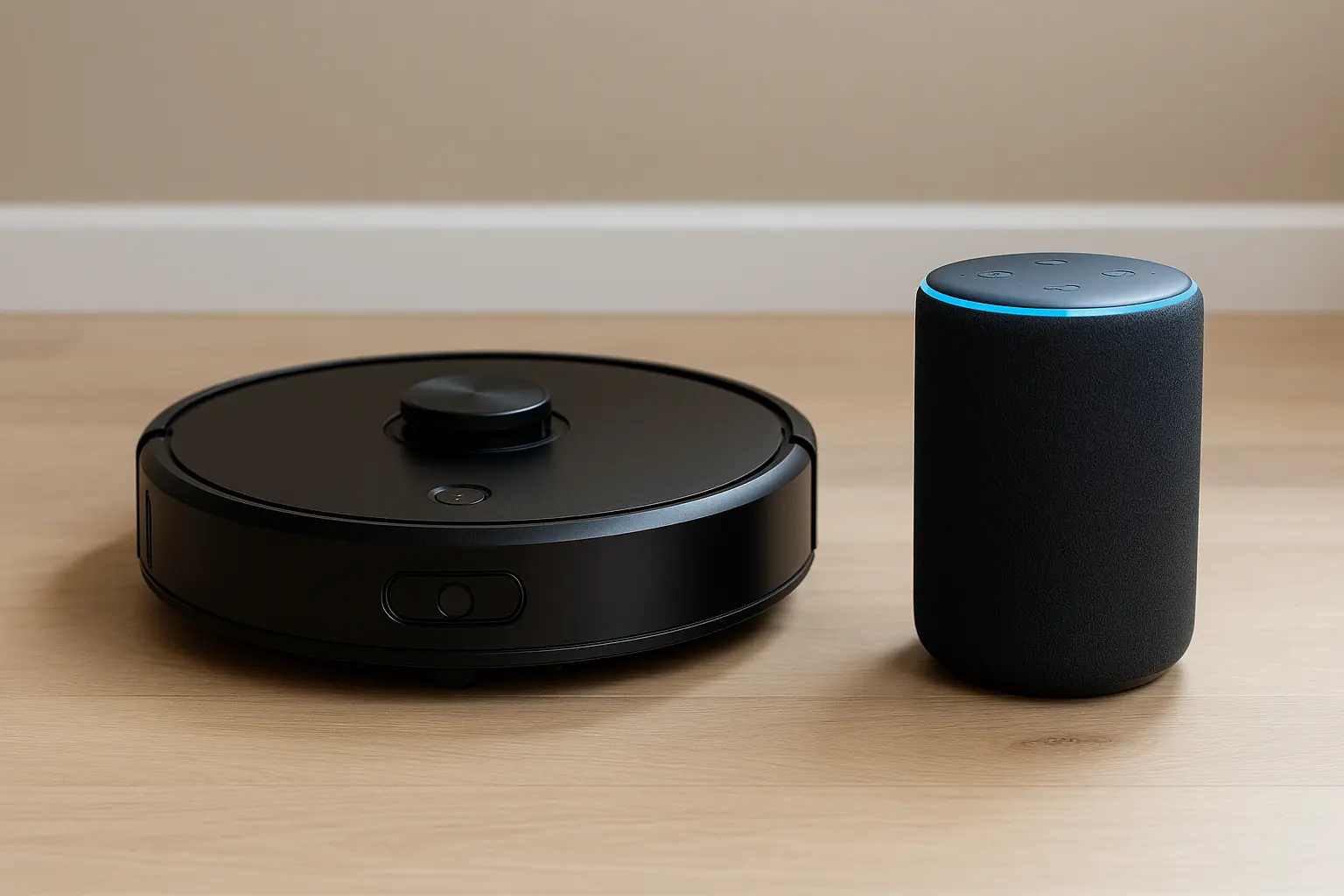How to Choose the Right Charging Cable [2025 Guide]
Don’t let a bad cable ruin your device. Learn which charging cable is best for your phone, tablet, or laptop in this easy-to-follow 2025 guide.
Contents
- 1 ⚡ Introduction
- 2 🔌 1. Understand the Types of Charging Cables
- 3 ⚡ 2. Check Charging Speed & Power Delivery
- 4 🧵 3. Material & Build Quality – Braided vs Plastic
- 5 🛡️ 4. Safety Tips When Choosing a Charging Cable
- 6 🌟 5. Brand Matters – Recommended Cable Brands in 2025
- 7 ✅ 6. Compatibility Checklist
- 8 ❓ 7. Frequently Asked Questions (FAQ)
- 9 🧩 Conclusion
- 10 🔗 Related Articles:
⚡ Introduction
Let’s be real—charging cables are one of the most underrated tech essentials. We use them every single day, yet most people don’t think twice before grabbing the cheapest one off the shelf. The problem? Not all cables are created equal.
A wrong cable can charge your device slower, overheat, or worse—damage your phone’s battery over time. That’s why choosing the right charging cable in 2025 is more important than ever.
This guide breaks down the different types of cables, how fast charging works, what features to look for, and the brands worth your money.
🔌 1. Understand the Types of Charging Cables
Let’s start with the basics—know your cable types:
USB-A to Micro-USB – Old standard, mostly for older Androids and accessories.
USB-A to USB-C – Common on budget phones and accessories.
USB-C to USB-C – The new universal standard for Androids, tablets, laptops.
USB-C to Lightning – Used by iPhones and some Apple accessories.
MagSafe or Magnetic Cables – Convenience-focused, mostly niche.
👉 Tip: Always check your device’s port type before buying.
⚡ 2. Check Charging Speed & Power Delivery
Not all cables charge at the same speed—even if the connectors match.
Fast Charging Support: Look for cables labeled with Power Delivery (PD) or Quick Charge (QC)
Wattage Ratings: Basic cables handle 5–10W. For laptops or tablets, you’ll need 60W to 100W cables.
E-mark Chip: Found in high-wattage USB-C cables—essential for charging MacBooks or high-power devices.
📌 Example: Charging a MacBook with a 20W cable? Not ideal. Always match your cable to your charger and device needs.
🧵 3. Material & Build Quality – Braided vs Plastic
Here’s what matters:
Braided Cable: More durable, tangle-resistant, and stylish. Great for travel or heavy use.
Plastic/Rubber Cable: Usually cheaper, but less durable over time.
Strain Relief Design: Reinforced tips reduce cable breakage.
💡 Bonus Tip: Go for cables that are MFi Certified if you use Apple products. It ensures full compatibility and safety.
🛡️ 4. Safety Tips When Choosing a Charging Cable
A bad cable can damage your phone or pose safety risks.
Avoid ultra-cheap, unbranded cables—many don’t meet safety standards.
Look for cables with built-in protection chips to prevent overcharging or short circuits.
Read reviews and brand reputation.
⚠️ Important: If your phone or cable feels hot during charging—unplug it immediately.
🌟 5. Brand Matters – Recommended Cable Brands in 2025
You don’t need to overspend—but stick to reputable brands:
| Brand | Best For | Average Price |
|---|---|---|
| Anker | Overall quality & speed | $12–$25 |
| UGREEN | Budget but reliable | $8–$18 |
| Baseus | Great fast charging | $10–$20 |
| Belkin | Apple ecosystem | $15–$30 |
| Nomad | Premium & rugged use | $30+ |
✅ 6. Compatibility Checklist
Here’s a quick guide to help you match the right cable to your device:
| Device Type | Recommended Cable | Charging Speed | Notes |
|---|---|---|---|
| iPhone 15 / iPad Air | USB-C to USB-C | Fast Charge (20W+) | MFi Certified preferred |
| Samsung / Pixel | USB-C to USB-C | PD 30W+ | Supports Super Fast Charging |
| Older Android | USB-A to Micro-USB | Slow (5–10W) | Legacy devices |
| Laptop (MacBook, Dell XPS) | USB-C 100W E-marked | Very Fast | Essential for high-wattage charging |
❓ 7. Frequently Asked Questions (FAQ)
Q: Are all USB-C cables the same?
A: No. Some only support data transfer or low charging speeds. Always check the wattage and certification.
Q: Do longer cables charge slower?
A: Sometimes, yes. Especially if it’s over 6ft and not high-quality.
Q: How can I tell if a cable is safe?
A: Look for certifications like USB-IF, MFi, or read trusted user reviews.
🧩 Conclusion
Choosing the right charging cable in 2025 is about more than just matching connectors. You need to look at speed, safety, compatibility, and build quality. The wrong cable can slow things down—or worse, harm your device.
So next time you buy a cable, don’t just grab the cheapest one. Pick smart, and your devices will thank you.
![Stream Without Limits – Best Wi-Fi 7 Routers for Buffer-Free Entertainment [2025] 1 Four modern Wi-Fi 7 routers displayed on a dark surface with a clean blue background, highlighting their sleek design and advanced antenna configurations.](https://www.techgadgetradar.com/wp-content/uploads/2025/06/best-wifi7-routers-streaming-2025-feature-image.webp)
![Fast, Cheap & Future-Proof – Best 5G Phones Under $400 [2025 Picks] 2 Four modern 5G smartphones under $400 in 2025 displayed on wooden table with vibrant screens](https://www.techgadgetradar.com/wp-content/uploads/2025/06/best-5g-phones-under-400-2025-feature.webp)



![Type Like a Pro – Best Mechanical Keyboards for Your Mac Setup [2025] 6 MacBook connected to a compact mechanical keyboard on a wooden desk](https://www.techgadgetradar.com/wp-content/uploads/2025/06/best-mechanical-keyboard-mac-setup-2025-feature.webp)
![How to Choose the Right Charging Cable [2025 Guide] 7 How to choose the right charging cable – connector type, charging speed, cable material, and safety](https://www.techgadgetradar.com/wp-content/uploads/2025/05/how-to-choose-right-charging-cable-2025.webp)